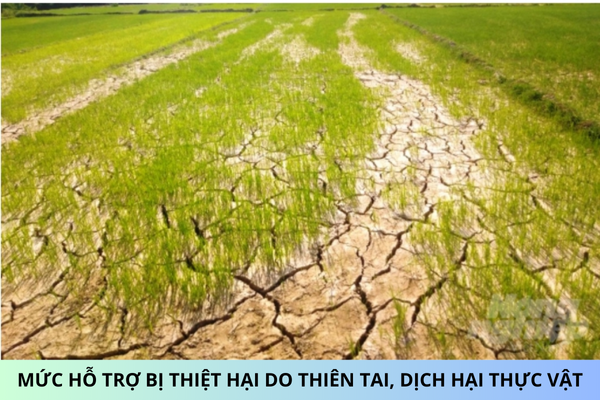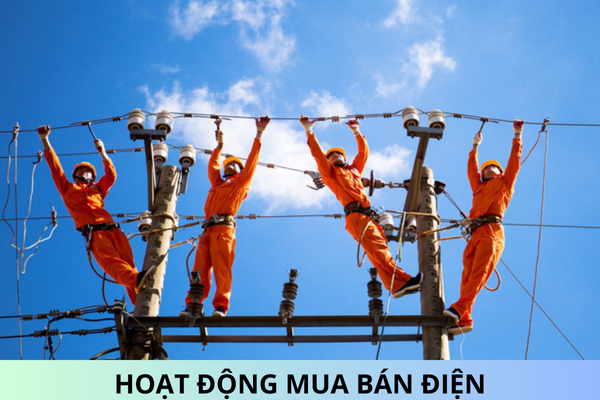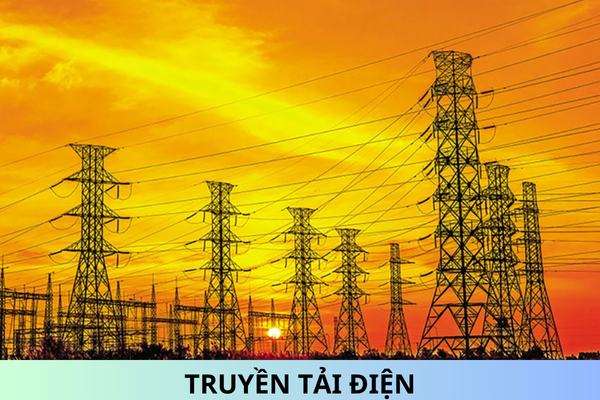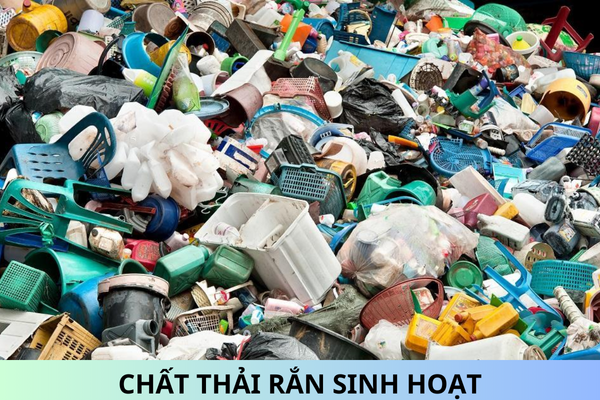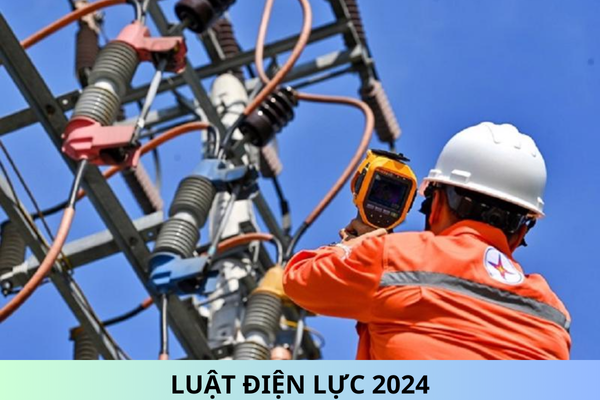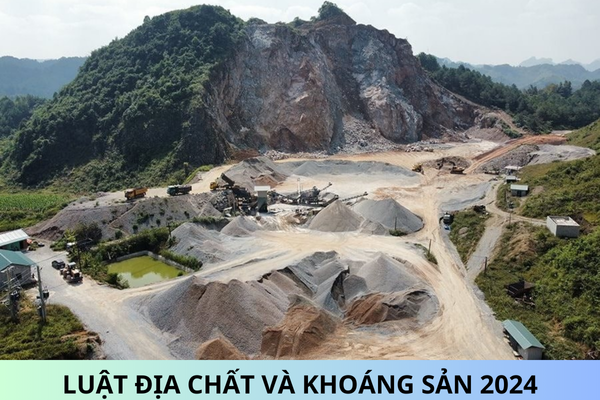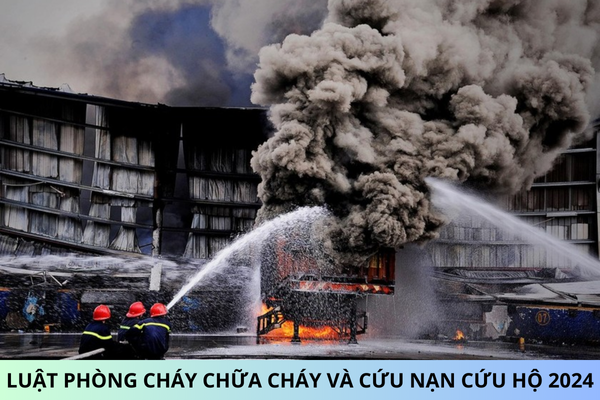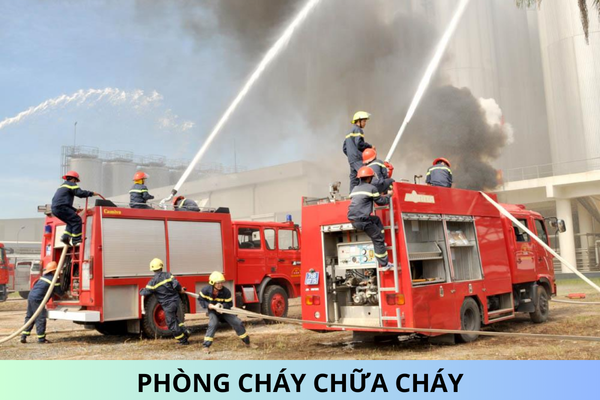What are regulations on the survey and determination of areas contaminated with mines and explosive materials in Vietnam?
What are regulations on the survey and determination of areas contaminated with mines and explosive materials in Vietnam? Thank you!
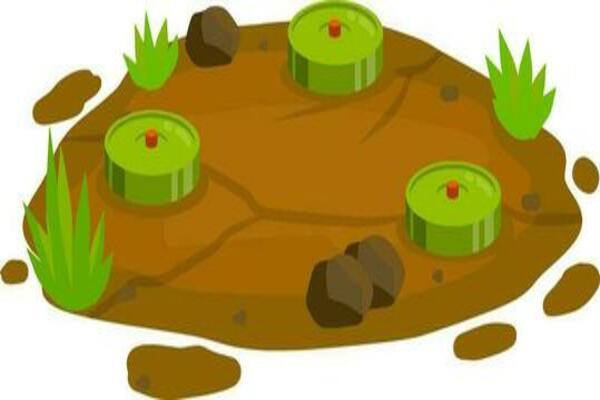
What are regulations on the survey and determination of areas contaminated with mines and explosive materials in Vietnam? - image from internet
Article 12 of the Technical Procedures for Investigation, Survey, and Clearance of Explosive Ordnance, issued together with Circular 121/2021/TT-BQP (effective from November 5, 2021), stipulates the survey and determination of areas contaminated with explosive ordnance as follows:
1. Applicable cases: Areas identified as contaminated with explosive ordnance and areas suspected of being contaminated with explosive ordnance.
2. Equipment: bomb detectors, mine detectors, handheld GPS devices, handheld radios, laptops, personal protective equipment, a 28-meter-long coil of wire, signal processing tools, Ø3 cm wooden stakes measuring 1.2 meters in length, medical equipment, transportation vehicles, and ambulances according to the approved plan.
3. Procedure:
a) Divide the entire survey area map into square grids with dimensions of either (50x50) m or (25x25) m, ensuring coverage of the entire survey area. Each grid should have the central position coordinates, which the information manager or team leader loads onto the handheld GPS system.
b) Determine the anticipated hazards associated with explosive ordnance before approaching the survey area, especially in areas that have not been used for many years or areas identified as minefields based on investigation results.
c) At the survey location, the team leader provides technical guidance to the technicians regarding the terrain, team formation, division of survey positions for each team, and contingency plans in case of accidents. They also check the equipment, assign tasks to team members and each team. The team leader instructs the technicians to move to the first starting point of the survey (the first grid) to conduct self-checks, adjust the detectors and technical equipment, and clear the area if necessary.
d) The team leader uses GPS devices to determine the central point of each survey grid as specified in point a in the actual field.
dd) At the central point of each survey grid, all signals of explosive ordnance within a radius of 1 meter are detected and dealt with before placing the central stake (a 1.2-meter-long wooden stake). At the central point of the grid, the team leader observes, coordinates, and guides the technicians in performing their tasks.
e) The technicians attach one end of a string to the central stake and then pull the string in four directions: east, west, south, and north to divide the grid into four parts. Each string is over 25 meters long and marked at the 25-meter position according to the provided diagram.

- In cases where the area has dense vegetation or difficult terrain, the team leader decides not to use strings to divide the grids but instead applies the moving method as shown in the diagram;
- In cases where the conditions and characteristics of explosive ordnance contamination in the area do not allow for the deployment of survey teams as mentioned above, the survey is carried out according to the procedures for clearing minefields in the area.
g) After dividing the survey grids into four parts, the technicians use mine detectors to search in a straight line within their assigned area. The technicians move from the center outward, with a distance of about 10 meters between each technician; the minimum depth of detection is 0.3 meters.
h) During the technicians' task performance, the team leader moves around the grid to check and monitor the distance between the technicians to avoid interference between the detectors and ensure a safe distance between the surveying technicians when dealing with signals.
i) When the technicians determine evidence of explosive ordnance, they must stop the survey and immediately report to the team leader to determine the result, record the data in the database as required, and move on to survey the next grid.
k) The survey time for each grid in areas with favorable terrain conditions is from 30 to 40 minutes, while in areas with complex terrain and dense vegetation, it is from 40 to 60 minutes. In case no evidence of explosive ordnance is found during the above time, the team moves on to perform the task in the next grids.
l) When completing the survey in a grid, the team leader marks the result on the grid map with the following color codes:
- Red: "Direct contamination" for grids where evidence of explosive ordnance is found.
- Brown: "Indirect contamination" for grids adjacent to grids with "direct contamination."
- Green: "No contamination" for grids where no direct or indirect evidence is found.
- Yellow: "No indirect contamination" for grids adjacent to at least three grids with no direct contamination.
- If a grid has been marked green or yellow before and the adjacent grid for the next survey is marked red, it is changed to brown following the principle of being adjacent to a grid with direct contamination.
- Gray: "Undefined" for grids where it is not possible to conduct a survey of the entire area for any reason.
Best regards!
